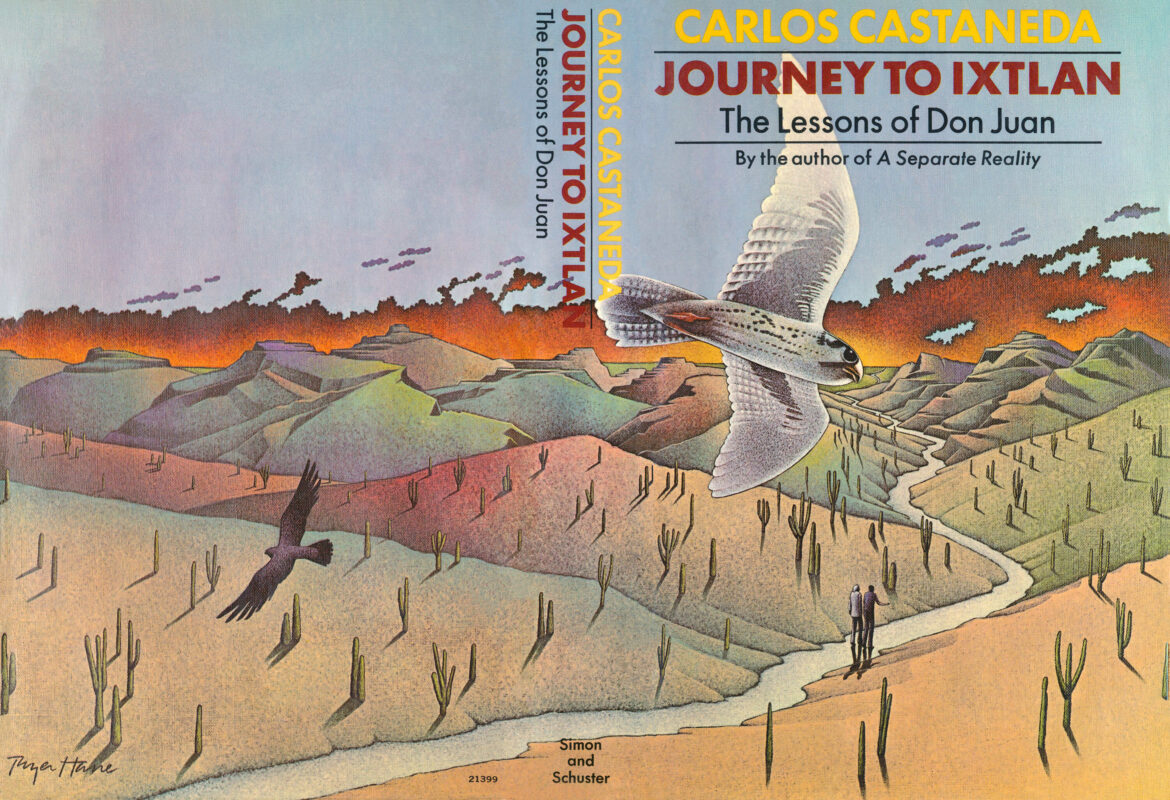Part One: Stopping the World – The Ring of Power
Castaneda’s journey with Don Juan continues as they explore “not-doing” in the lava mountains, where Castaneda practices altering his perception of light and darkness and acquires a power object. They encounter four young men, who are sorcerer’s apprentices, and Don Juan teaches them about power objects like quartz crystals and the methods for attracting a spirit or ally to imbue these objects with power. A dramatic demonstration by Don Juan, where each observer saw him in a different “disguise,” leads to a discussion of the “ring of power” and the “ring of not-doing,” illustrating how “doing” shapes our shared reality and how not-doing allows for different perceptions. Castaneda grapples with the strenuous nature of the sorcerer’s path, while Don Juan emphasizes that a warrior transforms their ordinary world into a “hunting ground” by skillfully navigating between “doing” and “not-doing.”
Part One: Stopping the World – The Ring of Power Read More »
